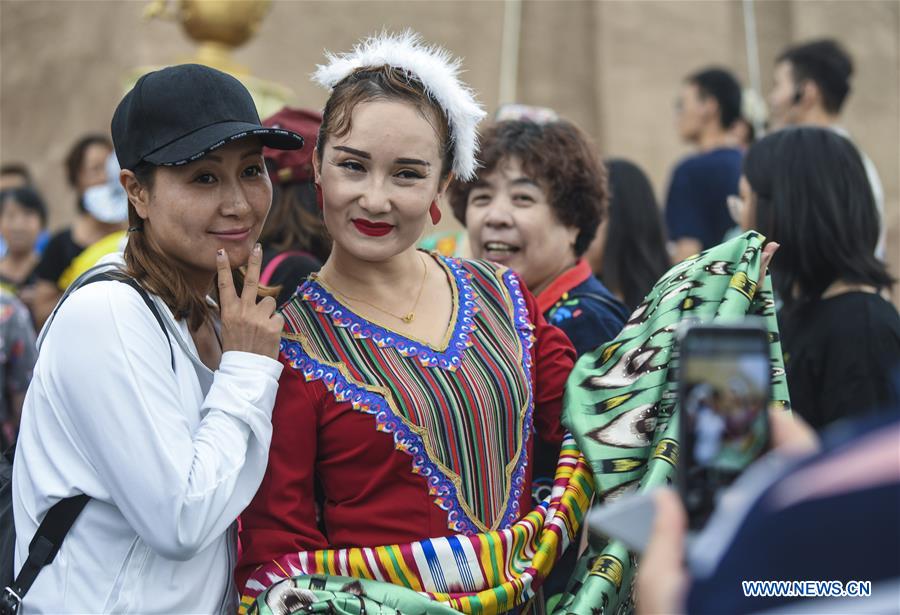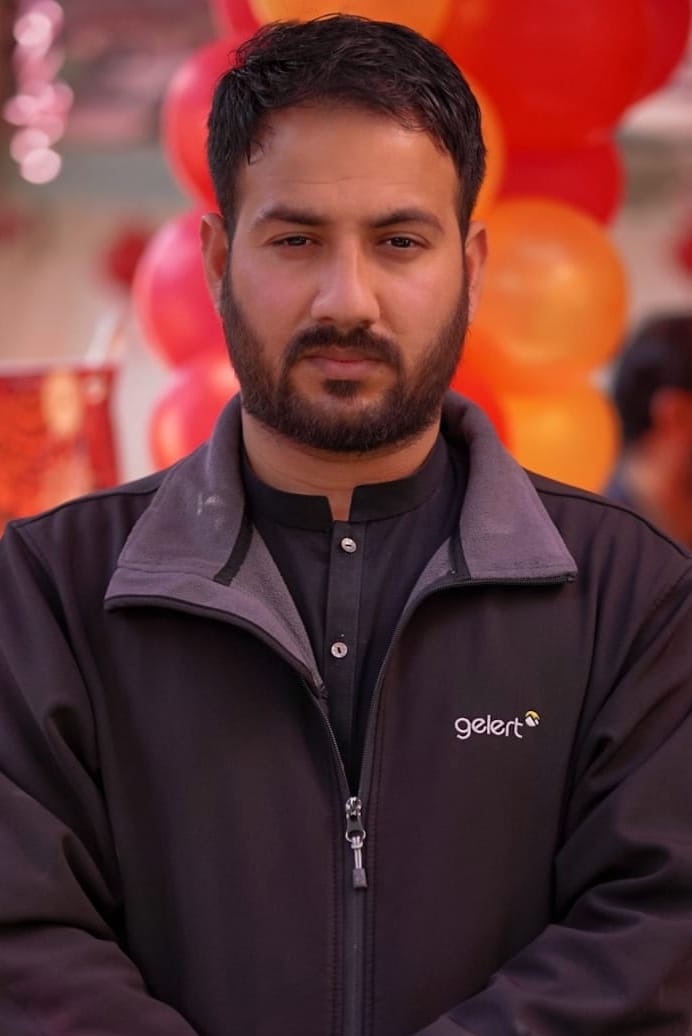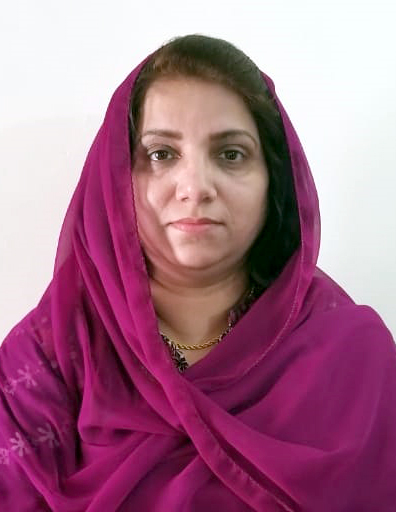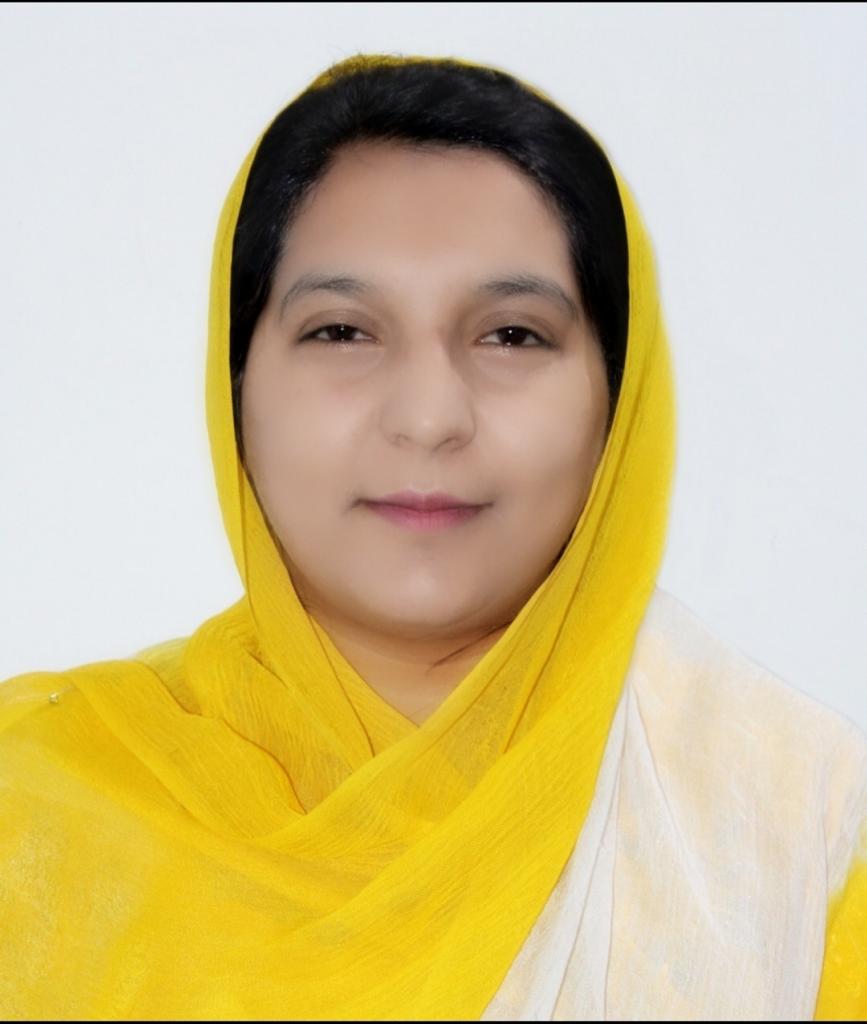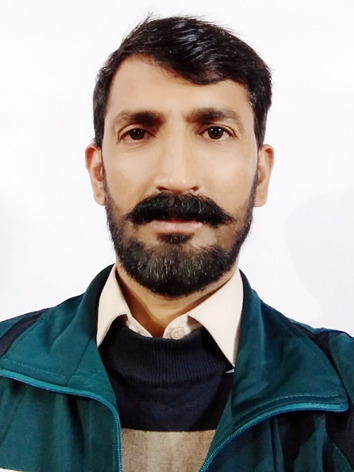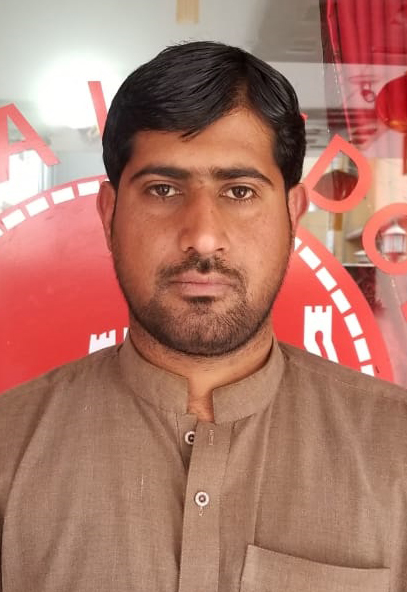 By :Naz Parveen
By :Naz Parveen
In December, i had the oppertunity to visit
brotherly neighbor China for ten days. This program was hosted by the State Council Information Office of the People’s Republic of China , while the China Centre for International Communication Development of the China International Communication Group organized it.
Reading the names Kashgar and Urumqi in the program, I became enthusiastic because i always had a wish to visit heavenly Xinjiang . After searching these regions on Google, I found reports filled with hateful Western propaganda. In my heart, I thought Allah is providing me with the opportunity to personally observe the situation in these regions and to witness the truth.
 Kashgar, is also known as Kashi in Chinese. My room was on the thirtieth floor of the hotel, offering a panoramic view of the city. This city is a beautiful blend of modern and ancient cultures. Despite waiting to perform the morning prayer, the sun did not rise. After breakfast, when we went outside, the sun was rising.
Kashgar, is also known as Kashi in Chinese. My room was on the thirtieth floor of the hotel, offering a panoramic view of the city. This city is a beautiful blend of modern and ancient cultures. Despite waiting to perform the morning prayer, the sun did not rise. After breakfast, when we went outside, the sun was rising.
We were taken outside the old city gate of Kashgar. After a short while, beautifully dressed Uyghur boys and girls, adorned in colorful traditional attire, danced to the beat of drums and traditional musical instruments for about 15 minutes. Every dancer had a smile on their face.
It crossed my mind that these content smiles represent the true face of the current situation here. We boarded the bus again. Our destination was the Jiashi Drinking Water Safety Engineering Plant in Kashgar.
 Exiting Kashgar, we headed towards the rural areas. Xinjiang is a picturesque region, located in the northwest of China. It is the largest province in China in terms of area, covering 1.66 million square kilometers. The province shares borders with eight countries, including Mongolia, Russia, Kazakhstan, Kyrgyzstan, Tajikistan, Afghanistan, Pakistan, and India.
Exiting Kashgar, we headed towards the rural areas. Xinjiang is a picturesque region, located in the northwest of China. It is the largest province in China in terms of area, covering 1.66 million square kilometers. The province shares borders with eight countries, including Mongolia, Russia, Kazakhstan, Kyrgyzstan, Tajikistan, Afghanistan, Pakistan, and India.
Xinjiang is the closest region of China to Pakistan. When it is said, ‘China and Pakistan’s friendship is higher than the mountains,’ it refers to the mountainous ranges spreading between Xinjiang and Pakistan. Xinjiang has played a central role in China-Pakistan economic corridors, the Silk Road, and the One Belt, One Road initiative, contributing to social stability, economic growth, and improving the standard of living for the people.
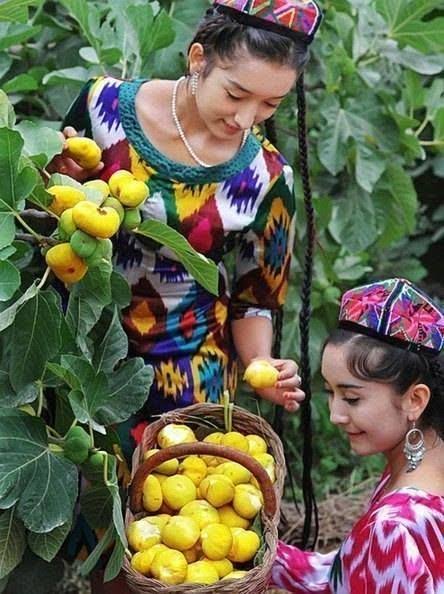 Established in the Han Dynasty in 60 BC, Xinjiang became an autonomous Uyghur region on October 1, 1955, with its capital in Urumqi. The region hosts diverse cultures and religions, with 56 ethnic groups, including Uyghur, Han, Kazakh, Mongol, Hui, Kyrgyz, etc.
Established in the Han Dynasty in 60 BC, Xinjiang became an autonomous Uyghur region on October 1, 1955, with its capital in Urumqi. The region hosts diverse cultures and religions, with 56 ethnic groups, including Uyghur, Han, Kazakh, Mongol, Hui, Kyrgyz, etc.
Due to special attention from the Chinese government and CPC, Xinjiang has rapidly developed. In 2017, the local GDP exceeded 1.115987 trillion yuan, reaching 1.774134 trillion yuan by 2022. In 2022, 122 million tourists visited Xiniang, generating tourism revenue of 90.757 billion yuan. As I was reading about Xinjiang, we reached our destination. My own roots trace back to a rural household.
I prefer villages over cities due to their proximity to nature. The roads from Kashgar to the Jiashi plant were excellent. Though there was no greenery in autumn, agricultural fields were visible as far as the eye could see. Agriculture plays a crucial role in any country’s economy.
I was curious to know how developed the predominantly Uyghur areas, especially rural regions, really are, given the contrasting narratives in Western propaganda. The answer came to me in the next half hour. Through images and videos, we learned that people here were used to drink contaminated water in the past, leading to difficult lives and various health issues.
Then, the Chinese government established a plant near a nearby glacier to provide clean drinking water, significantly improving their quality of life.
Thanks to this initiative, 24 counties now have access to clean water, significantly improving not only the health but also the quality of life for local Uyghur people. It became evident that the Chinese government pays equal attention to its rural areas as much as urban regions.
We were taken to the home of a local Uyghur family nearby. Their house almost resembled ours, with two rooms and a guest area. The hostess welcomed us with a smile. The guest room had a large table adorned with dried fruits, sweets, bread, and tea. We all enjoyed these offerings. The faces of the Uyghur people bear some resemblance to the people of Central Asia. We felt a sense of connection.
Although the house was small, it was equipped with modern facilities. The contentment and happiness on the hostess’s face reflected their joyful comfortable life. The falsehoods of Western propaganda about oppressed people were unraveling. Expressing gratitude, we stepped outside. The peaceful rural surroundings were soothing to the senses, embracing the natural beauty.
The smiling faces of our hosts greeted us as we boarded the bus again. Our destination was the Yuejia Prune Industrial Park. Initially, we were taken to a unit where a unique blend of plum blossom pink paint adorned the building, creating a pleasant atmosphere. This region extensively cultivates plums, along with watermelons, figs, grapes, and dragon fruit. We were offered freshly cut juicy fruits, among which the dragon fruit, a delightful experience for me, was the most delicious. It was a blend of two fruits.these fruits were processed into juice, jellies, and also dried for export.
Eighteen local companies, with the majority of shares owned by local residents, were involved in this venture. We witnessed the latest agricultural machinery and drones used in cultivation. Upon leaving, we were taken to the Greenhouse Farm. Here, every aspect is digitally controlled, from temperature to watering, using the latest technology. Agricultural university students were contributing to continuous crop improvement through cutting-edge research. The training center here provided free education to local farmers. Thanks to this technology, an ordinary farmer can earn over 10,000 yuan per year. Due to the chinese government’s special interest, local Uyghur farmers have become capable of leading a content and prosperous life.
For lunch, we headed back towards Kashgar. The warm golden sunlight illuminated the beautiful scenery around us. The meal was exceptionally delicious, .Our hosts had left no flaw in our hospitality. Every moment of our journey had been meticulously arranged and presented to us in a booklet. According to it, our next destination was Daoxiangquan Village.
Once again, we boarded the bus, and along the way, friendly conversations filled the air. We were meeting each other for the first time on this journey, but over these few days, we had become genuine friends, making the travel experience enjoyable. Especially Faizan
Bangash from Lahore, with his humorous remarks, made us burst into laughter. Our Chinese hosts, seeing us laugh, smiled and remarked, ‘You are happy people.’
After an hour, we reached our intended destination. This area near Kashgar was also an agricultural region. Here, we were taken to Jiang Guo Guo Agricultural Science and Technology Co. Ltd. This company processes local agricultural products, including dried fruits, melons, plums, and more. We toured the entire factory, and our guide informed us that their products are also exported to Malaysia and Belgium.
The CEO of the company, whom we met, shared that they were affected significantly by the business downturn due to the impact of COVID-19, being linked to real estate business.
So, they came to Xinjiang and invested in this business. Our guide shared that developed provinces like Beijing, Chengdu and Shanghai financially support regions like Xinjiang and other less developed provinces, investing in them. Here in this factory, workers in white overalls were busy packaging picked fruits. The company had created cartoons featuring local Uighur people and children, representing the culture of the region.They were printed on the packets .
This company has significantly helped local farmers by buying their agricultural products. They sell their agricultural produce to these companies, and through the shares, over 140 shareholders benefit from increasing returns every year. Local people are also shareholders in this company, and it has contributed to improving the economic conditions of the area. It’s a clear testament to the progress and prosperity of the Uyghur community.
We asked the CEO of the company if, given the abundance of various fruits in Pakistan and the ongoing projects like CPEC with China’s help, their company plans to set up processing plants for fruits in such projects. Expressing interest, the CEO mentioned that they plan to visit Pakistan soon. We also visited a studio where a lovely girl was selling the company’s products online.
From the visit to this plant, it was evident that, with the implementation of new technology in Xinjiang’s agricultural regions, a revolution of happiness is underway in the lives of ordinary Uyghur farmers.
Pakistan is also an agricultural country, and as the shadows of the evening spread, a hopeful thought emerged that our government might support our farmers in a similar way. As the sun sets around eight o’clock, we headed back towards Kashgar. Just as we entered Kashgar, a flood of colors and lights welcomed us. Brightly lit streets bustling with life.
In a vast square, there stood a towering statue of the great Chinese leader, Mao Zedong. We descended for a few moments. Images were captured in front of the statue. The city was adorned with boards on shops and buildings, displaying two types of writings – one in Chinese and the other in the local Uyghur language, written in Arabic script. Many words were familiar to us, resembling Arabic and Persian. Due to being a significant hub for silk trade, the local culture here is a blend of Central Asian and Middle Eastern influences, reminiscent of our own. Perhaps our ancestors also hailed from these regions. The variety of food on our table, including pulao, potato meat, naan, and kebabs, reflected the shared cultural heritage.
Following the meal, a local member of the CPC stood up, welcomed us, and initiated the chant of ‘Pak-China Friendship.’ We enthusiastically joined in. Today also marked the birthday celebration of our companion, Khawar Abbas, from Lahore. Our friends had informed the Chinese hosts about it.
At the end of the meal, a large and beautiful cake was brought in on a trolley by a Chinese girl. Our hosts and group leader, Mr. Liu Chang, crowned Khawar Abbas with a paper-made golden crown. Khawar Sahib became emotional and embraced all our Chinese companions. The candles on the cake were lit, and amidst applause, Khawar Sahib blew them out. We all congratulated him. The cake, adorned with fresh fruits, was exceptionally delicious.With glowing hearts we returned to our rooms . This brought a happy end to a beautiful day.





